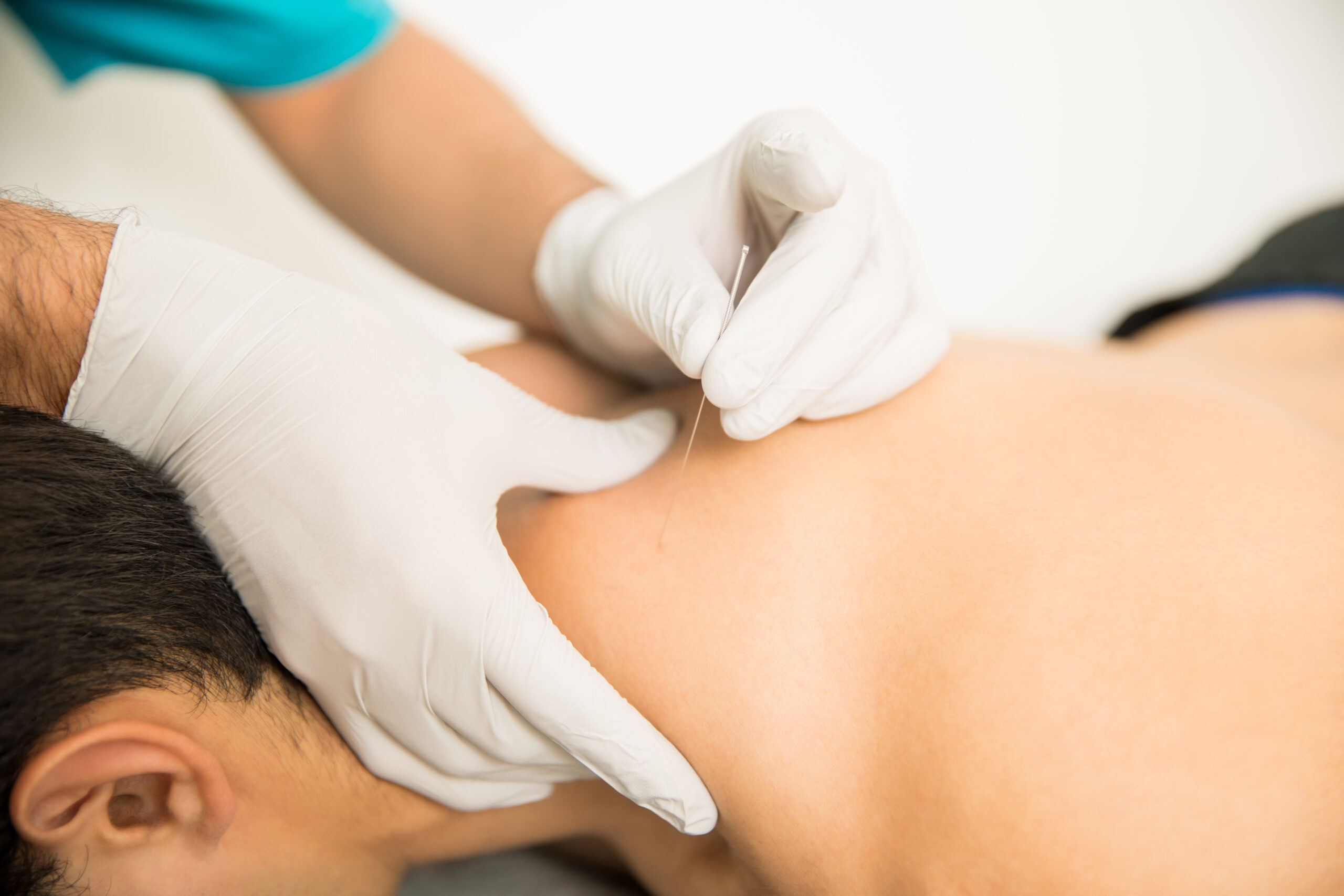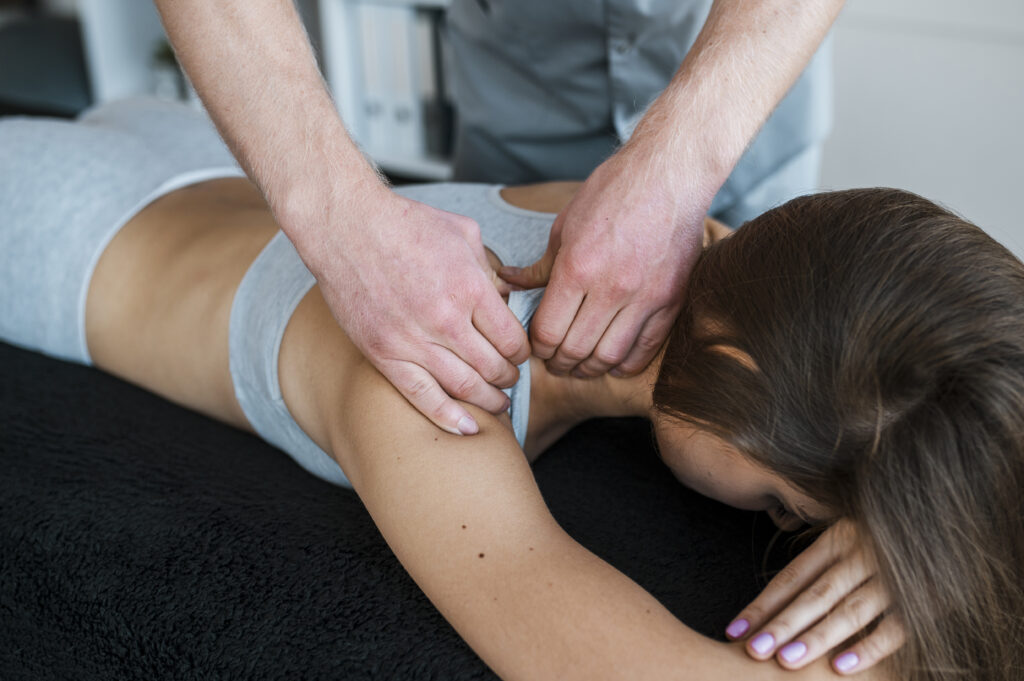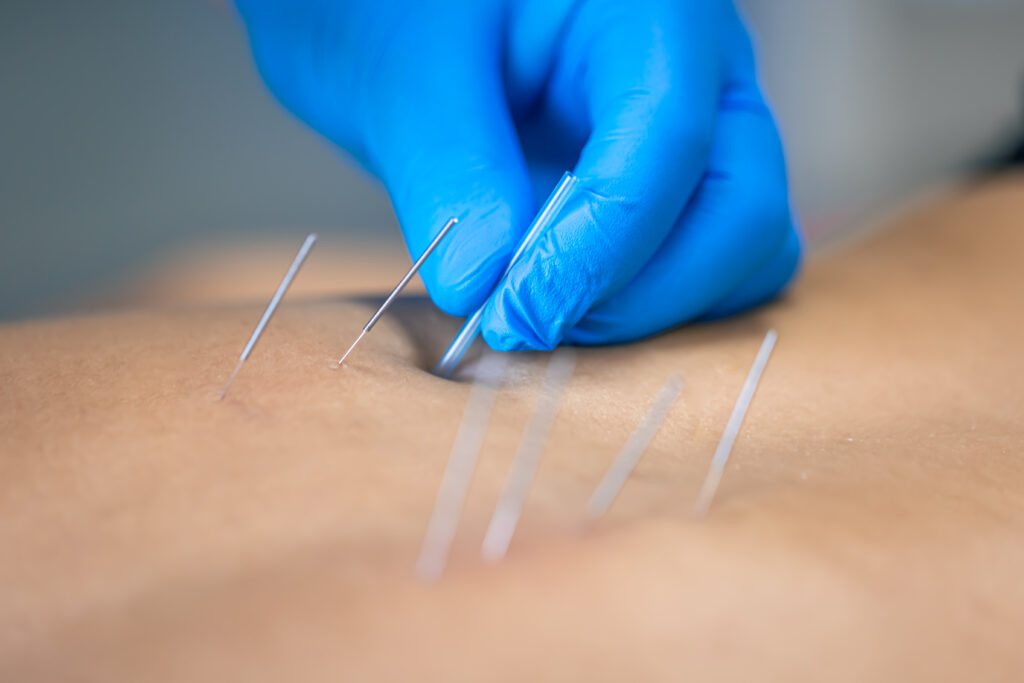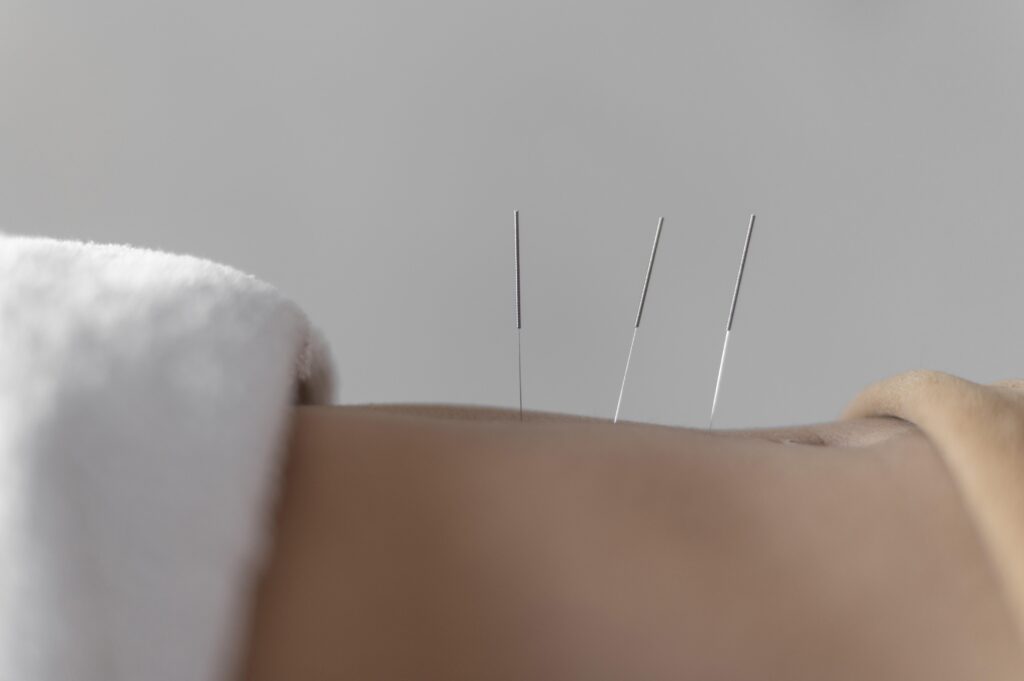From Training to Recovery: Why NYC Athletes Are Turning to Dry Needling for Muscle Longevity

Staying physically active in a city built on movement is part of the lifestyle. At any time, New Yorkers might be training for the New York Marathon, logging miles on a Citi Bike, or squeezing in a 6 a.m. HIIT class before work. Muscle recovery is part of everyday life for serious athletes and committed fitness enthusiasts. For many, that means dry needling. This muscle-focused therapy is helping New Yorkers train harder, recover faster, and perform longer. If you’re pushing your limits, dry needling NYC is worth a closer look.
What Makes Dry Needling Different?
Unlike stretching, foam rolling, or massage, dry needling works directly with your body’s neuromuscular system. It targets myofascial trigger points, which are tight bands of muscle that restrict motion and often cause pain. These points can build up from overuse, poor recovery, or uneven training loads.
Practitioners insert thin, solid needles directly into these trigger points. The goal isn’t necessarily relaxation; it’s release. The muscle responds with a quick twitch, signaling that tension has been disrupted and blood flow can increase. For athletes, this means less soreness, better mobility, and fewer injuries.
Unlike traditional treatments that may offer more short-term comfort, dry needling works at a deeper level. It targets the muscular dysfunction at its source, breaking the cycle of pain and inflammation before it can interfere with performance or lead to injury. Athletes are often surprised by the long-lasting results after just a few sessions.
Recovery Isn’t Just About Rest
High-performing athletes know that recovery is as important as the workout itself. Without proper recovery, gains are limited, performance drops, and injury risk skyrockets. Dry needling helps fill a crucial gap between intense training and complete rest.
Think of it as a reset for overloaded muscle systems. For example:
- Runners with tight hamstrings or hip flexors use dry needling to maintain stride efficiency.
- CrossFit athletes rely on it to release shoulder tension before it becomes chronic pain.
- Cyclists use it to manage hip and glute tightness after long rides.
- Dancers often use it to reduce tightness in the calves, back, or hips before it limits mobility.
Dry needling also benefits those in recovery from minor sports injuries. It can be a helpful part of a broader rehab plan, supporting faster healing and improving tissue quality.
If you’re training consistently and still dealing with tightness that stretching doesn’t resolve, it may be time to add dry needling to your routine. Clinics offering dry needling NYC often see patients who’ve tried everything else and need something more direct.
Active Recovery That Matches Your Lifestyle
In NYC, time is a limited resource. You need recovery options that are efficient, effective, and easy to integrate into your schedule. Dry needling sessions usually take 30 to 60 minutes and often pair well with therapies like physical rehab, acupuncture, or mobility training.
The results? Improved muscle activation, quicker recovery from strain, and enhanced performance in everything from weightlifting to weekend hikes. For many athletes, dry needling has become part of their active recovery protocol.
Athletes who train multiple times per week often use dry needling preventively. They stay ahead of potential injuries by keeping muscles flexible and reducing tension before it builds up. This allows them to train consistently without the setbacks that come from untreated pain.
What to Expect: A No-Nonsense Approach
Dry needling isn’t solely about relaxation – it’s functional. After a brief evaluation, your practitioner will target specific areas of tension. The needles are sterile and incredibly thin. You might feel a quick twitch or mild cramping sensation, indicating the trigger point is being released.
Afterward, some soreness is normal, similar to post-exercise fatigue. But many people notice greater ease of movement and reduced pain over the next day or two. A few sessions can make a big difference, especially with proper hydration, mobility work, and smart training cycles.
Depending on your activity level and goals, your practitioner may recommend treatments weekly or biweekly. Maintenance sessions are also common, especially leading into races, competitions, or peak training periods.
Why NYC Athletes Are Making the Shift
The demand for dry needling NYC is rising for good reason. In a city where people push themselves physically and professionally, this therapy offers real, practical benefits:
- It works fast
- It targets the root cause
- It reduces the need for medication
- It helps prevent overuse injuries
More importantly, it keeps you in the game – whether that game is a tournament, a gym PR, or simply getting through the week without pain. Clinics around Manhattan are seeing an uptick in athletes who understand the value of muscle maintenance before injuries happen.
There’s also growing interest from personal trainers, physical therapists, and coaches who see dry needling as a valuable part of a well-rounded training plan. When athletes recover better, they perform better, and dry needling helps make that possible.
Is It Right for You?
Dry needling isn’t only for elite athletes. It’s for anyone who trains hard, sits too much, or deals with chronic muscle tightness. You don’t need a prescription to get started, but working with a qualified practitioner who understands movement, mechanics, and recovery protocols is essential.
At Grand Madison Acupuncture, we offer personalized care that blends dry needling with other holistic therapies to keep your body functioning at its best. Our team treats runners, lifters, commuters, and weekend warriors who are all looking for effective, no-nonsense relief. If you’re cycling through Central Park, lifting at a Midtown gym, or training for your next triathlon, adding dry needling to your recovery toolkit might be the smartest move you make this season.



